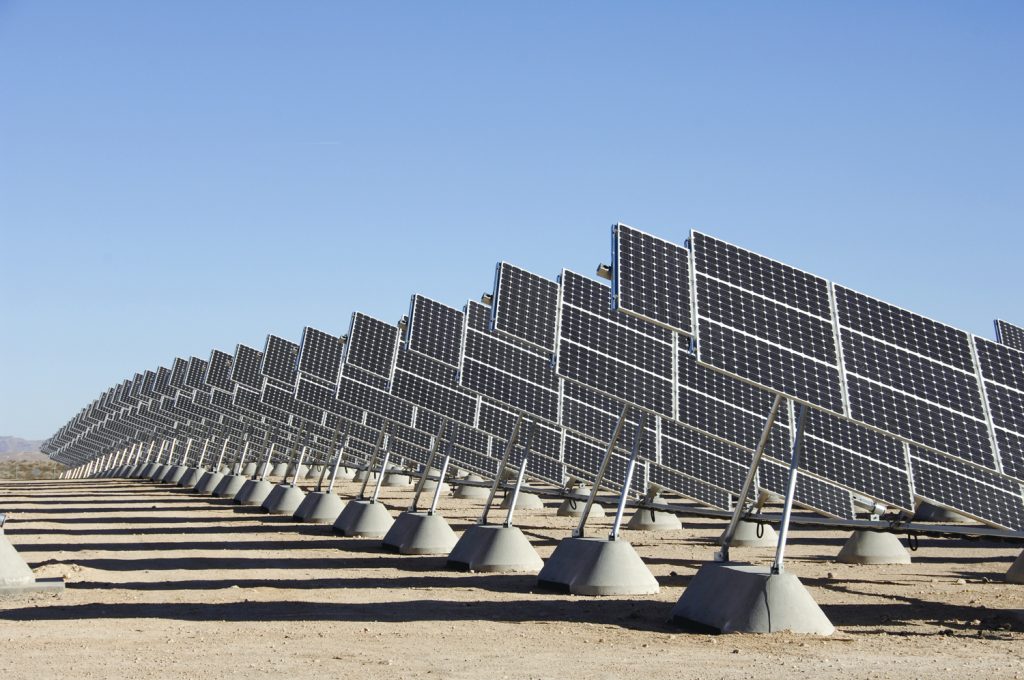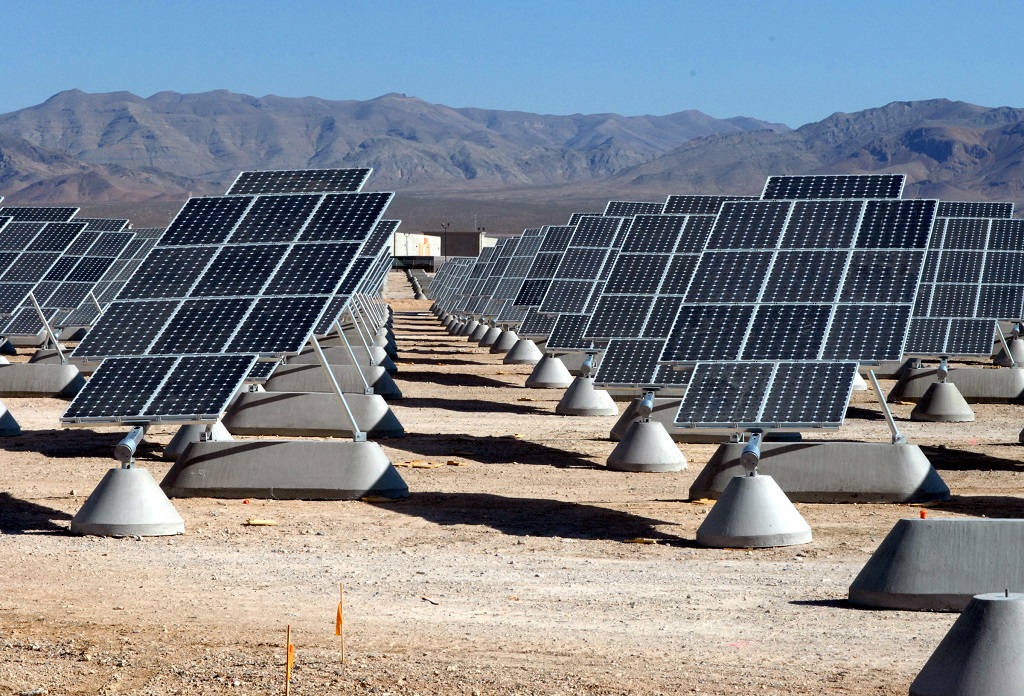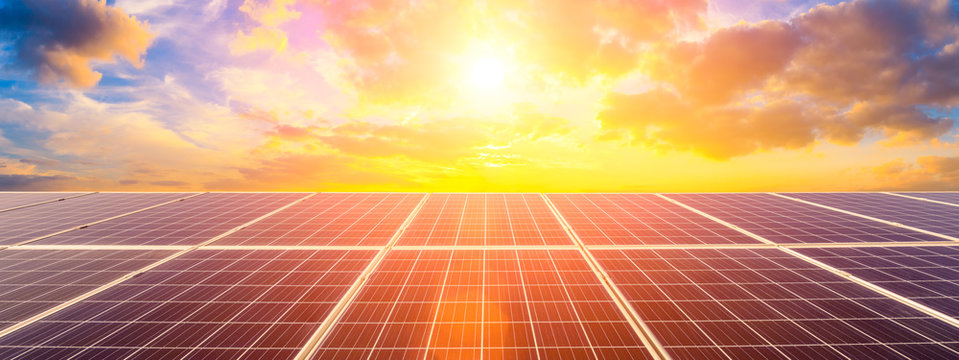In an era of growing energy demand and heightened environmental awareness, the significance of renewable energy sources cannot be overstated.
Among these sources, solar power has emerged as a frontrunner due to its abundant availability and minimal environmental impact.
Solar power plants, also known as solar farms or solar energy facilities, have gained widespread attention as a key solution to address both energy needs and sustainability goals.
In this article, we delve into the world of solar power plants, exploring their technology, benefits, challenges, and future prospects.
Understanding Solar Power Plants

At its core, a solar power plant is an arrangement of solar panels, often referred to as photovoltaic (PV) panels, designed to capture sunlight and convert it into electricity.
These panels consist of multiple solar cells made from semiconductor materials, such as silicon.
When sunlight strikes these cells, it releases electrons, generating direct current (DC) electricity.
This DC electricity is then converted into alternating current (AC) electricity using inverters, making it suitable for consumption by homes, businesses, and the electrical grid.
Solar power plants vary in size and design, ranging from small-scale rooftop installations on residential buildings to massive utility-scale facilities spanning acres of land. The latter are often built in sunny and open areas to maximize sun exposure and efficiency.
Benefits of Solar Power Plants

1. Clean and Renewable Energy
Solar power is an infinitely renewable energy source, as the sun’s energy is virtually inexhaustible.
Unlike fossil fuels, solar power generation produces no greenhouse gas emissions or air pollutants, contributing to cleaner air and a healthier environment.
2. Reduced Energy Bills
Solar power plants offer an opportunity for homeowners, businesses, and communities to lower their electricity bills by generating their own energy.
Excess electricity generated can be fed back into the grid, potentially earning credits or payments.
3. Job Creation and Economic Growth
The installation, maintenance, and operation of solar power plants create employment opportunities, ranging from engineers and technicians to project managers and salespeople.
Moreover, the solar industry contributes to local economies through investments and infrastructure development.
4. Energy Independence
By harnessing solar energy, countries can reduce their reliance on imported fossil fuels, thereby enhancing energy security and resilience.
5. Long Lifespan and Low Maintenance
Solar panels have a relatively long lifespan, often exceeding 25 years, and require minimal maintenance.
This makes them a reliable and cost-effective energy solution in the long run.
6. Distributed Generation:
Solar power plants can be distributed across various locations, reducing transmission losses and enhancing energy security.
Types of Solar Power Plants

1. Photovoltaic Solar Power Plants:
Photovoltaic (PV) solar power plants are the most common and recognizable form of solar energy generation.
These plants employ solar panels made of photovoltaic cells, which directly convert sunlight into electricity using the photovoltaic effect.
Types:
– Residential and Commercial Rooftop Solar:
These installations are typically found on residential homes, commercial buildings, and industrial facilities. They provide on-site electricity generation, reducing dependency on the grid and lowering energy bills.
– Utility-Scale Solar Farms:
Large-scale solar farms are developed in open areas with high sun exposure. They consist of rows of solar panels mounted on the ground. Utility-scale installations contribute significantly to grid power supply and are often integrated with energy storage solutions.
– Floating Solar Power Plants:
These innovative plants are installed on bodies of water, such as reservoirs or ponds. Floating solar arrays offer benefits like reduced land use, reduced evaporative losses reduction, and increased energy yield due to the cooling effect of water.
– Building-Integrated Photovoltaics (BIPV):
BIPV seamlessly integrates solar panels into building structures, serving both functional and aesthetic purposes. These can include solar windows, façades, and roof tiles, blending renewable energy generation with architectural design.
Advantages:
– Abundant sunlight availability.
– Modular design allows for scalability.
– Low maintenance requirements.
– Reduced carbon footprint and greenhouse gas emissions.
2. Concentrated Solar Power Plants:
Concentrated Solar Power (CSP) plants focus sunlight onto a small area to generate heat, which is then used to produce steam and drive turbines that generate electricity.
Types:
– Parabolic Trough Systems:
These systems use parabolic mirrors to concentrate sunlight onto a receiver tube running along the mirror’s focal line. The receiver heats a heat transfer fluid, which in turn generates steam for electricity generation.
– Solar Power Tower:
This type employs a field of mirrors, known as heliostats, to focus sunlight onto a central tower. The concentrated heat produces steam, driving turbines to generate electricity.
– Fresnel Reflectors: Similar to parabolic troughs, but use flat mirrors in a series of rows to concentrate sunlight onto a receiver tube. This design reduces costs but is slightly less efficient.
Advantages:
– Capability to store heat for electricity generation during cloudy periods or at night.
– Higher efficiency in converting sunlight to electricity compared to traditional PV.
– Potential for hybrid systems, incorporating other heat sources such as natural gas.
3. Hybrid Solar Power Plants:
Hybrid solar power plants combine solar energy generation with other energy sources, enhancing reliability and stability in power supply.
Types:
– Solar-Wind Hybrid Plants:
Combining solar panels with wind turbines harnesses both solar and wind energy, providing a consistent power output even in varying weather conditions.
– Solar-Battery Hybrid Plants:
Pairing solar panels with energy storage batteries allows excess solar energy to be stored during sunny periods and used during cloudy times or at night.
– Solar-Diesel Hybrid Plants:
In remote or off-grid areas, solar power can complement diesel generators, reducing fuel consumption and emissions.
Advantages:
– Diversified energy sources for increased reliability.
– Mitigation of intermittency challenges.
– Enhanced energy security and grid stability.
Challenges and Mitigation

1. Intermittency
One significant challenge of solar power is its intermittent nature. Solar energy production depends on sunlight availability, which can be affected by weather conditions and the time of day.
Energy storage solutions, like batteries, are being integrated into solar power plants to store excess energy during sunny periods and provide a consistent power supply.
2. Land Use and Environmental Impact
Utility-scale solar power plants can require a significant land area, potentially leading to land use conflicts.
However, careful site selection, land use planning, and environmental impact assessments can help minimize these issues.
3. Initial Costs
While the long-term benefits are substantial, the initial investment required for building solar power plants can be high.
Governments, incentives, and decreasing equipment costs have been instrumental in driving down these barriers.
Future Outlook
The future of solar power plants looks promising as technology continues to advance and costs decrease.
Emerging innovations such as thin-film solar panels, bifacial panels (which capture light from both sides), and solar tracking systems (which follow the sun’s movement) are enhancing energy efficiency.
Additionally, research into new materials and more efficient solar cell designs has the potential to revolutionize the industry.
As governments worldwide commit to reducing carbon emissions and transitioning to cleaner energy sources, solar power plants are set to play a pivotal role in achieving these goals.
The integration of solar power into smart grids, coupled with advancements in energy storage technology, will likely contribute to a more stable and reliable energy supply, even during periods of low sunlight.
Conclusion
Solar power plants stand as a beacon of hope in the global quest for sustainable and environmentally friendly energy solutions.
Their ability to generate clean electricity, create jobs, and bolster economic growth while mitigating climate change makes them a vital component of our energy landscape.
As technology continues to evolve, solar power plants are poised to shine even brighter in our energy future.
